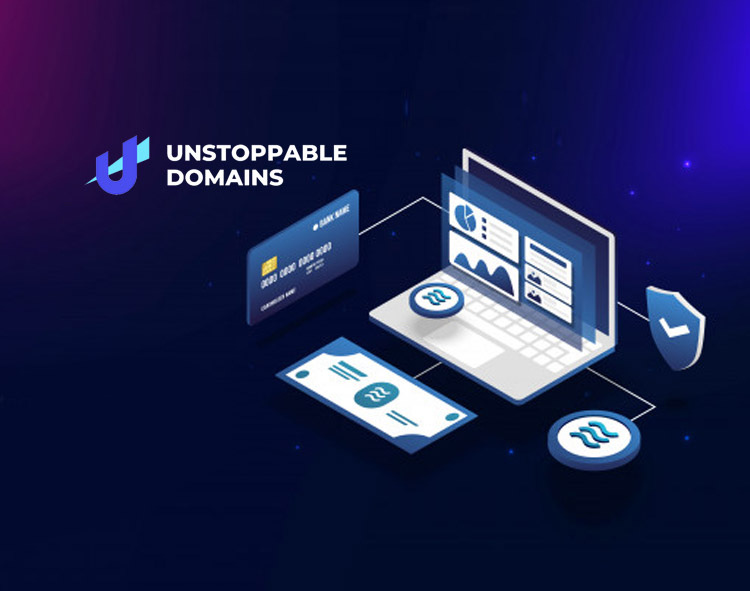The Role of Web3 Domains in Bridging Crypto
The recent resurgence of crypto in a bullish market has brought about a surge in asset prices and a flurry of new protocols. However, the true measure of success lies not only in rising prices but in establishing a lasting connection between tangible goods and the intangible offerings of crypto.
Unstoppable Domains' Chief Operating Officer, Sandy Carter, explores the role of Web3 domains as a bridge between crypto and mainstream user adoption in a conversation on The Agenda podcast.
Web3 Domains and Ownership
In the realm of digital identity, Web3 domains offer a practical solution to the age-old problem of losing ownership rights. Carter emphasizes that owning a Web3 domain means owning the digital identity, a stark contrast to the centralized control exerted by platform companies. This ownership ensures stability for businesses, preventing the sudden removal or suspension of vital online assets, as experienced by some small businesses and e-commerce endeavors.
"We just spoke to small businesses yesterday who said they had a website going, and that was driving their whole business, and for some reason, it was removed."
Web3 Domains and Utility in Crypto Products
One common criticism of crypto products, including non-fungible tokens (NFTs), is their perceived lack of utility. Contrary to this notion, Carter argues that Web3 domains provide instant utility based on how owners choose to use them. She cites examples of creators using Web3 domains in innovative ways, such as leveraging them as loyalty cards for access to exclusive events or perks. This flexibility allows for the creation of tangible benefits, bridging the gap between the digital and physical worlds.
"You can do a lot of really cool things as a creator. We were working with one company who was doing an art show, [...] and what they did is they sold a piece of art as an NFT, or as a digital collectible."
Practical Use Cases
Web3 domains are not merely abstract concepts; they have tangible use cases for traditional businesses. For instance, artists can create loyalty programs for fans, offering rewards like free merchandise or VIP access based on the ownership of specific NFTs. Carter underscores the potential for a more profound connection between creators and their audience through these practical applications, contributing to the broader adoption of crypto.
"We’ve also had artists do, you know, if you’ve got three of my NFTs, then you get a free T-shirt, or you get a VIP seat at something."
Comparing Startup Cultures
Drawing from her experience at Amazon Web Services, Carter notes that the startup culture at Unstoppable Domains shares similarities with that of Amazon. Both environments empower individuals with a mission and a sense of autonomy. However, she points out a significant difference in the challenges faced by Web3 startups, likening it to swimming upstream against the current dominated by Big Tech companies. The potential disruption caused by widespread Web3 adoption, where individuals own their data, could challenge the established norms of major tech corporations.
"If you think about salmon swimming upstream versus trying to swim downstream with Web3, I think right now we’re swimming upstream because of all the Big Tech companies."
Conclusion
In summary, Web3 domains emerge as a subtle yet impactful force in driving crypto mass adoption. Sandy Carter's insights reveal their potential to address issues of ownership, provide utility in crypto products, and establish practical use cases for businesses. As the crypto landscape continues to evolve, the role of Web3 domains in bridging the gap between the crypto realm and mainstream adoption becomes increasingly significant.





































